When you think of tropical superfoods, fruits like mangoes, bananas, and pineapples probably come to mind first. But there’s another lesser-known, highly versatile, and nutrition-packed fruit quietly feeding millions across the tropics — breadfruit. Revered for its starchy flesh, rich nutritional profile, and multiple culinary uses, breadfruit is an essential staple in many island nations and tropical countries. But among them, which country is famous for producing the most breadfruits?
In this article, we’ll explore the origins, global distribution, and cultural importance of breadfruit, and identify the world’s largest producer — Indonesia — as well as other key growing regions contributing to the global supply of this remarkable fruit.
What is Breadfruit?

Breadfruit (Artocarpus altilis) is a large, round to oval tropical fruit related to jackfruit and mulberries. Its green, spiky exterior encloses creamy, starchy flesh that can be baked, roasted, boiled, or fried — earning it the nickname ‘the potato of the tropics’. When cooked, its texture and mild flavor closely resemble bread, hence its name.
Native to Southeast Asia and the Pacific Islands, breadfruit has been a staple crop for thousands of years. Its ability to thrive in poor soils, withstand drought, and produce large quantities of fruit makes it crucial for food security in tropical regions.
Where is Breadfruit Grown Globally?
Today, breadfruit is cultivated in over 90 tropical and subtropical countries. Its primary cultivation regions include:
- Southeast Asia: Indonesia, the Philippines, Malaysia, Papua New Guinea
- Pacific Islands: Fiji, Samoa, Hawaii, Tonga
- Caribbean: Jamaica, Haiti, Trinidad and Tobago, Puerto Rico
- Central and South America: Belize, Suriname, Guyana
- Africa: Uganda, Kenya, Nigeria, Seychelles, Tanzania
Despite its wide distribution, only a handful of countries produce breadfruit at a commercial scale.
Which Country Produces the Most Breadfruits?
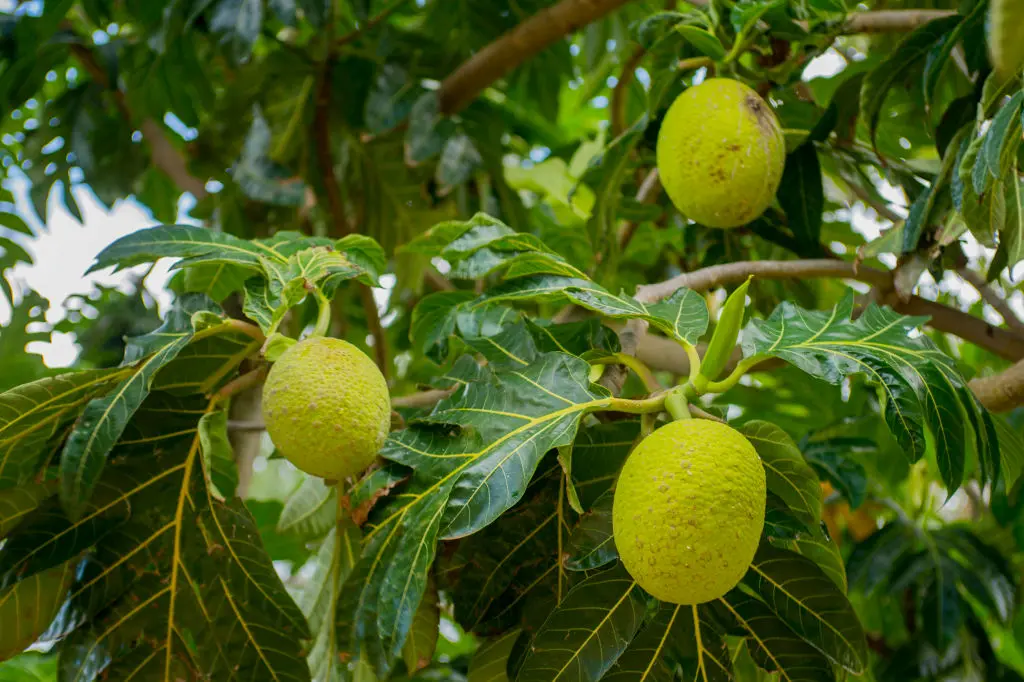
The title of the world’s largest breadfruit producer goes to Indonesia.
Indonesia — The Global Breadfruit Champion
Indonesia is not only one of the native homes of breadfruit but also its largest producer by volume. The country’s humid, tropical climate and fertile volcanic soils create ideal conditions for breadfruit cultivation. In Indonesia, breadfruit trees are commonly found in home gardens, agroforestry systems, and rural farms, contributing both to subsistence farming and regional markets.
Breadfruit Production in Indonesia:
- Estimated to produce tens of thousands of tonnes annually
- Key producing regions include:
- West Java
- South Sulawesi
- South Sumatra
- East Kalimantan
- Integrated into traditional agriculture alongside coconuts, bananas, and cassava
- Both fresh and dried breadfruit products are consumed locally and exported to neighboring countries
Breadfruit’s cultural and economic value in Indonesia makes it a vital crop, often incorporated into daily meals as boiled, fried, or roasted delicacies.
Other Notable Breadfruit Producers
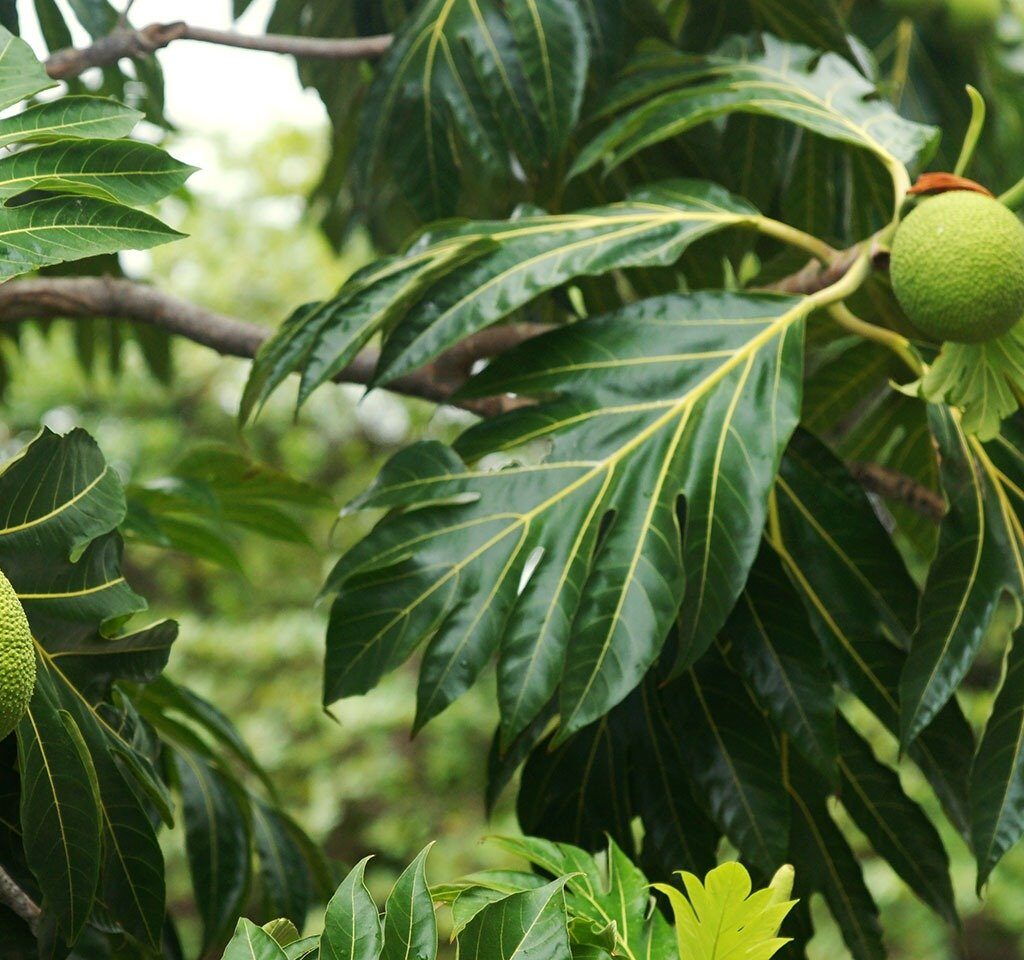
While Indonesia dominates in volume, several other countries are known for their long-standing breadfruit cultivation traditions and growing output:
The Philippines
Breadfruit, locally known as ‘rimas’, grows abundantly in the Philippines. Though not as commercially cultivated as in Indonesia, it remains a favorite in rural communities and island provinces, used in soups, curries, and desserts.
Malaysia
Malaysia shares a similar climate and geography with Indonesia, allowing for widespread breadfruit farming in both peninsular and East Malaysia. The fruit is commonly sold in markets and roadside stalls.
Papua New Guinea
In Papua New Guinea, breadfruit trees flourish in coastal and lowland areas, integrated into subsistence gardens and mixed agroforestry systems.
Pacific Islands (Fiji, Samoa, Tonga)
In the Pacific, breadfruit is a culturally significant staple. Some islands have entire plantations dedicated to breadfruit, especially in Samoa and Fiji, where it plays a central role in traditional feasts and ceremonies.
Caribbean Nations
Breadfruit was famously introduced to the Caribbean by Captain William Bligh in the 18th century as a food source for enslaved laborers. Today, Jamaica, Haiti, and Trinidad & Tobago cultivate breadfruit extensively for local consumption, with growing interest in exporting dried breadfruit chips and flour.
East Africa
Countries like Kenya, Tanzania, and Seychelles have increasingly adopted breadfruit as a food security crop. Its resilience to drought and ability to produce multiple harvests yearly make it an ideal fit for climate-challenged regions.
Cultural Importance of Breadfruit
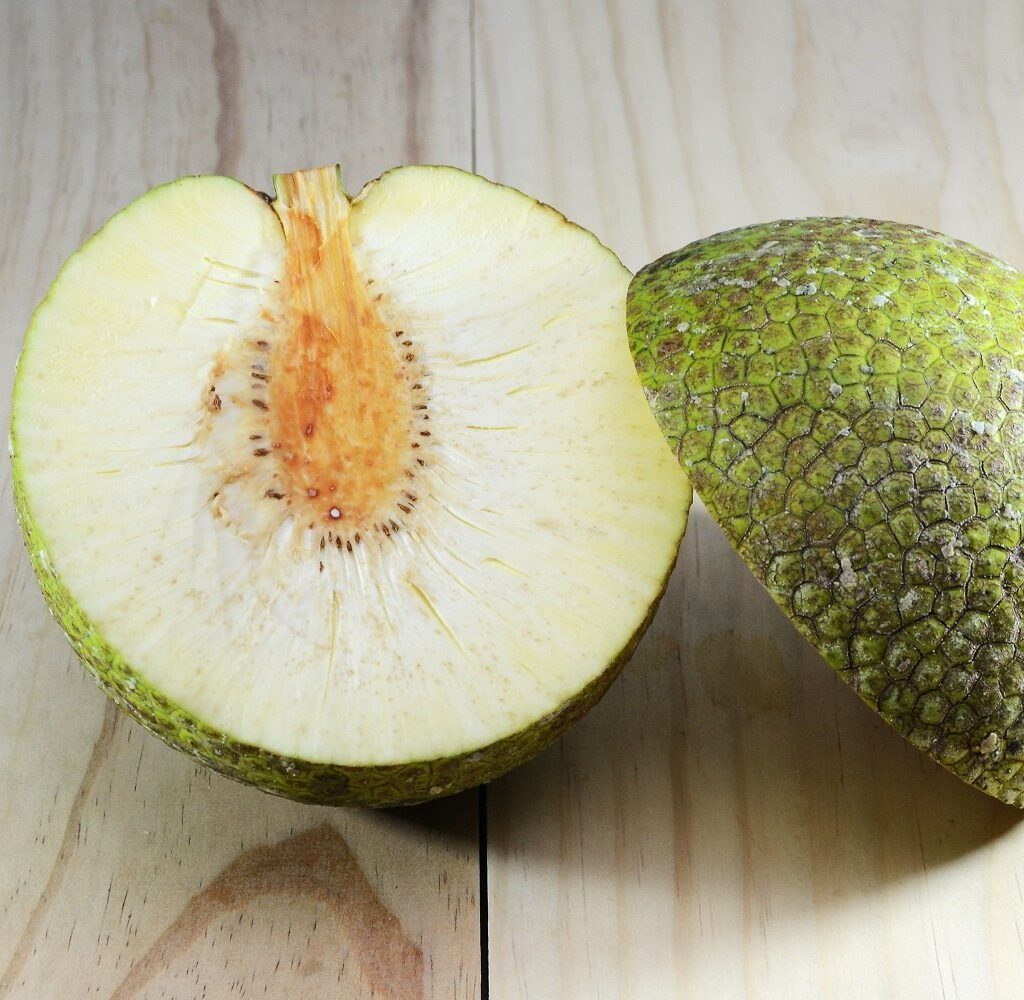
In many tropical nations, breadfruit is far more than just a source of food:
- In Hawaii, it’s called ‘ulu’ and regarded as sacred.
- In Samoa, breadfruit trees are planted as family heirlooms, passed down through generations.
- In Jamaica, it’s a national staple often served with ackee and saltfish.
- In Indonesia, breadfruit features in both daily meals and festive celebrations.
Its role in ceremonies, traditional medicine, and folklore underscores its deep-rooted cultural value.
Nutritional and Economic Value
Breadfruit is earning recognition as a nutritional powerhouse and a potential climate-resilient superfood.
Nutritional Benefits:
- High in complex carbohydrates
- Gluten-free
- Rich in potassium, vitamin C, and dietary fiber
- Low in fat and cholesterol
- Contains antioxidants and essential amino acids
Economic Potential:
As global demand for gluten-free, plant-based, and climate-smart crops grows, breadfruit products like flour, chips, and frozen pulp are gaining market traction in the U.S., Canada, and Europe.
Challenges to Breadfruit Production
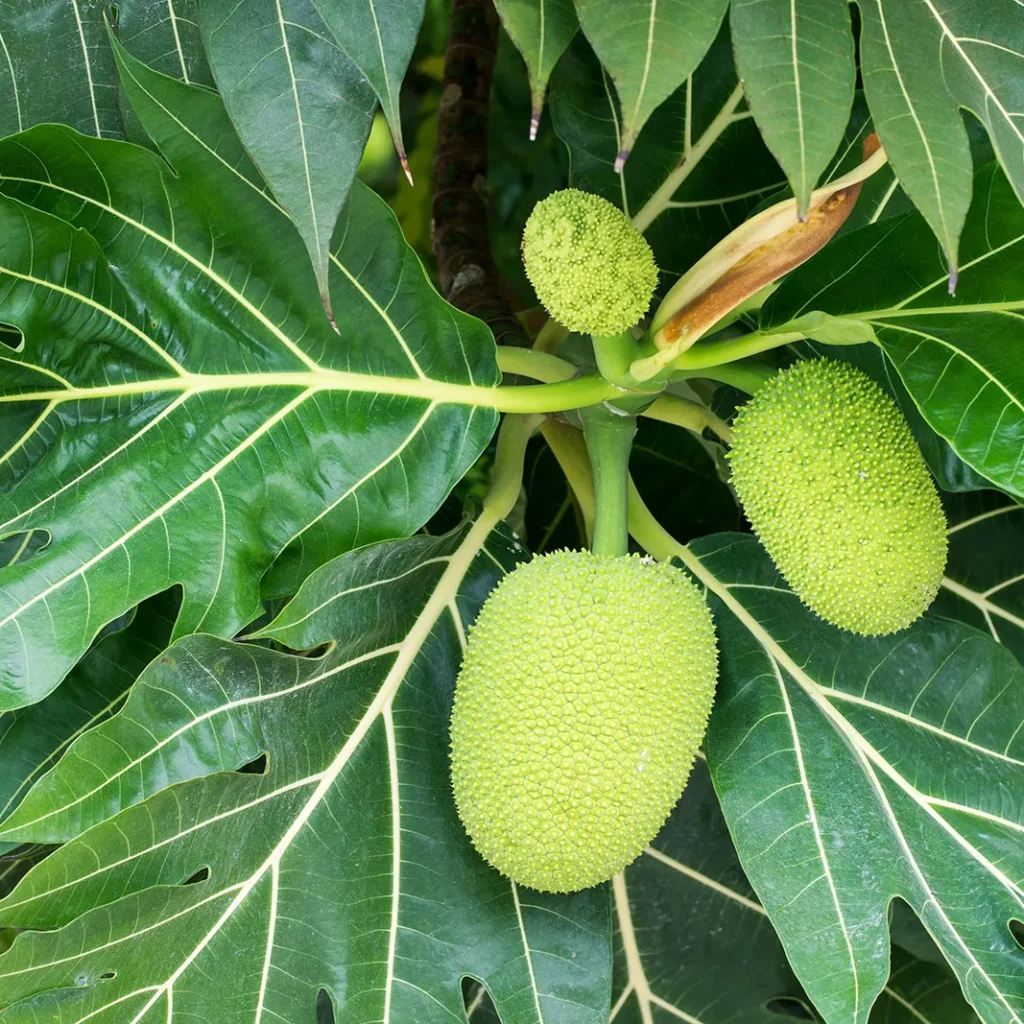
Despite its benefits, breadfruit cultivation faces a few hurdles:
- Limited commercial plantations: Most breadfruit is grown in home gardens and subsistence farms.
- Post-harvest perishability: Breadfruit spoils quickly, limiting market reach without processing.
- Underdeveloped processing industries: Especially in Africa and the Caribbean.
- Climatic threats: Pests, diseases, and changing weather patterns threaten yields.
Future of Global Breadfruit Supply
With rising concerns about climate change, food insecurity, and malnutrition, breadfruit’s status as a sustainable, high-yield, and nutritious crop is gaining attention.
Research initiatives in Pacific nations, the Caribbean, and Africa are promoting breadfruit agroforestry systems and developing value-added products like flour, chips, and dried pulp to extend shelf life and enhance marketability.
Moreover, breadfruit’s carbon-sequestering abilities and low input needs position it as a climate-smart agricultural solution for tropical regions.
Conclusion
So, which country is famous for producing the most breadfruits? The answer is clearly Indonesia — the world’s top producer of this versatile, starchy fruit. With its perfect growing conditions, cultural importance, and large-scale production, Indonesia dominates the global breadfruit landscape. Other nations across the Pacific, Caribbean, and Africa also contribute meaningfully to global supply, nurturing traditions that span centuries.
As the world turns toward sustainable, resilient crops, breadfruit’s nutritional value, economic potential, and environmental benefits position it as a key player in future tropical agriculture — and Indonesia will remain at the heart of that story.

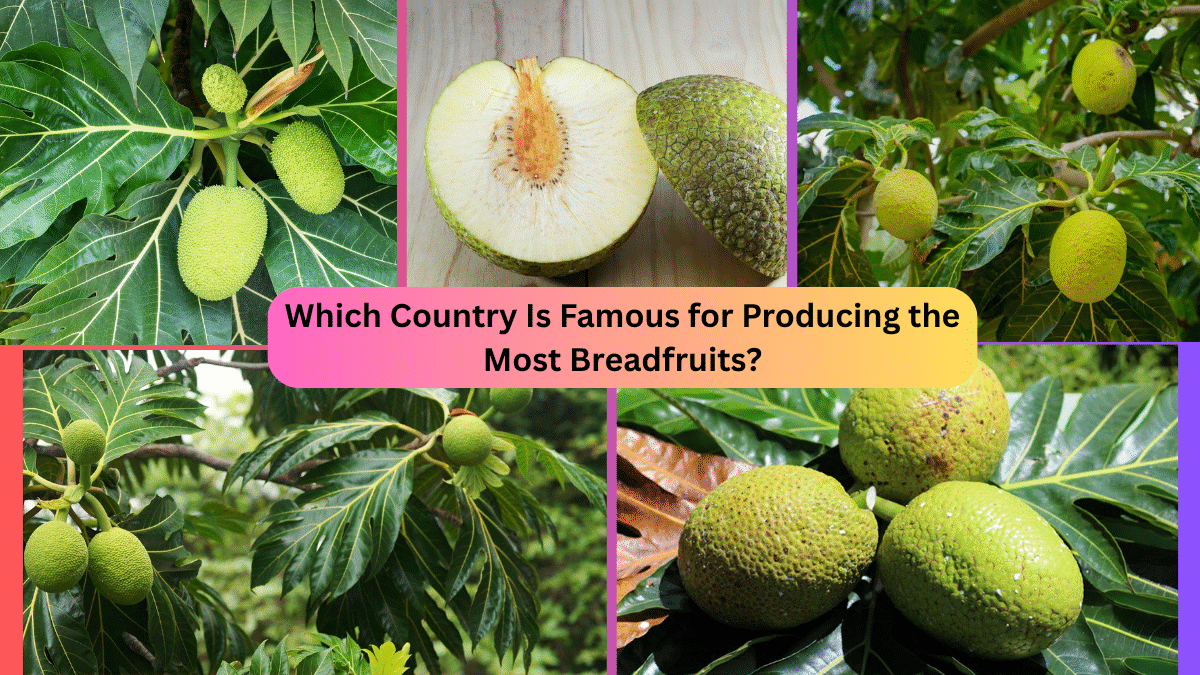
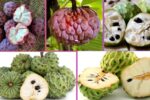
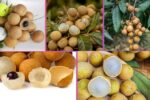
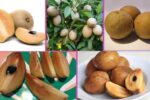

Leave A Comment